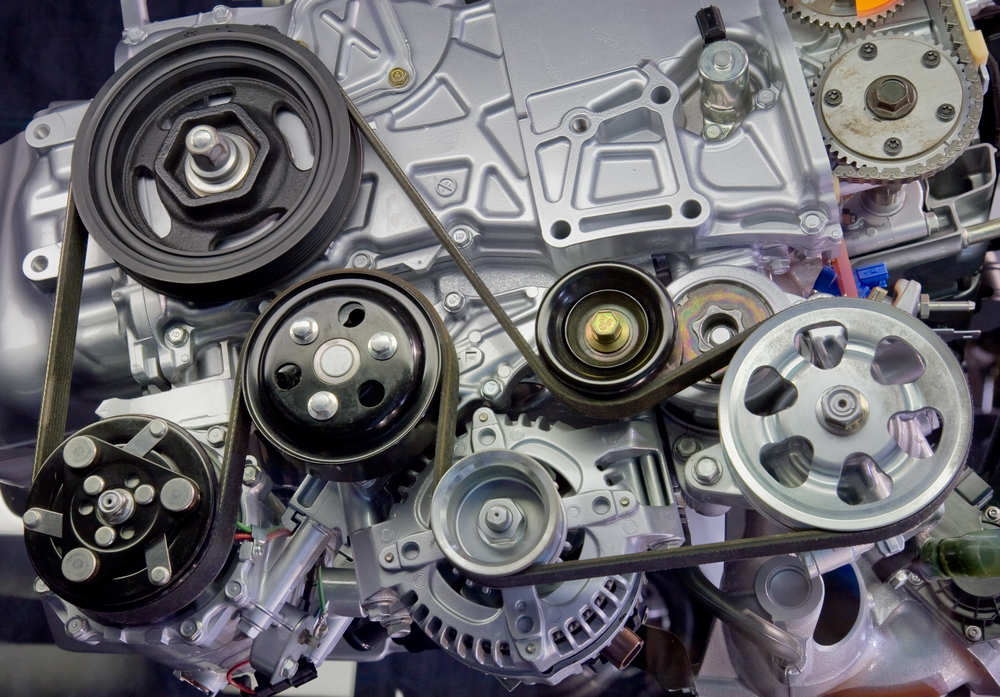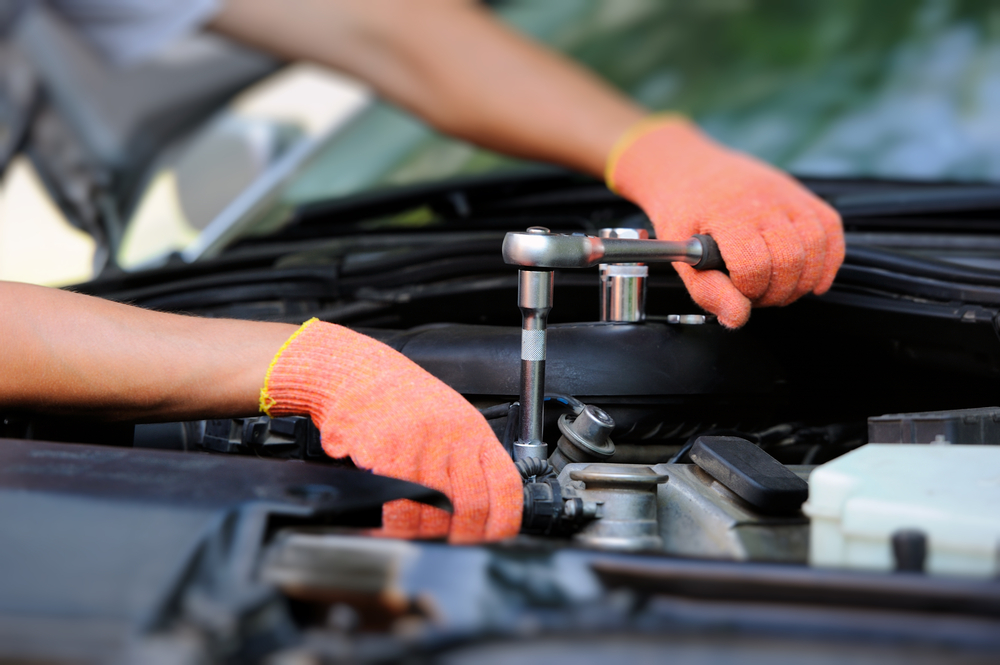
Despite sounding sinister, your vehicle’s serpentine belt is a pretty useful part of its inner workings! The belt is one long strip that keeps your alternator, power steering pump, air condition and sometimes even your water pump running smoothly. In much older vehicles, there were several belts controlling all of these components, though vehicle manufacturers figured out that having one long belt would just be easier!
So now that you know the basics about the belt, let’s look at how to upkeep it! This way you’ll have one less trip to potentially make to our Winston-Salem auto repair service center.
An Aging Belt
Serpentine belts are built to last, considering the heavy burden they carry when it comes to the functionality of your vehicle. The belts are made to last from anywhere between 60,000 to 100,000 miles, though some non-self-tensioning belts may need to be adjusted.

One way to know if your belt needs service from our auto repair center in Winston-Salem is if you hear any slipping or squealing noises coming from it. The belts over time can become frayed, cracked or even just glazed from use over the years. Make sure you’re paying attention to the health of your serpentine belt, because if it breaks while you’re on the road, you’ll lose torque to all of your engine’s accessories… and that’s a pretty big problem.
More Symptoms
You heard a noise come from the interior of your car and you’re pretty sure it’s the serpentine belt making it. What should you be listening for? Well, if there’s a chirping or squealing noise, that means the pulley system isn’t working correctly or there’s just low belt tension. If you’re experiencing system performance loss, like your power steering failing or your battery draining, it could also be the result of your serpentine belt on its way out.
Have your vehicle inspected as soon as possible if you hear or experience any of these issues! We suggest contacting us at (866) 629-7585 to make an appointment.



